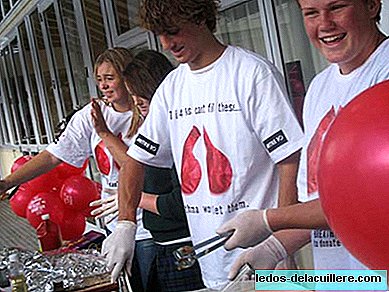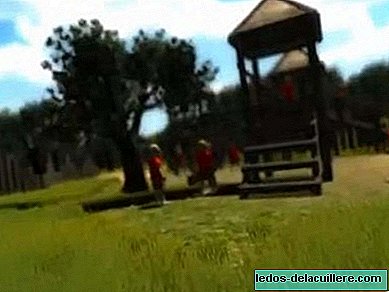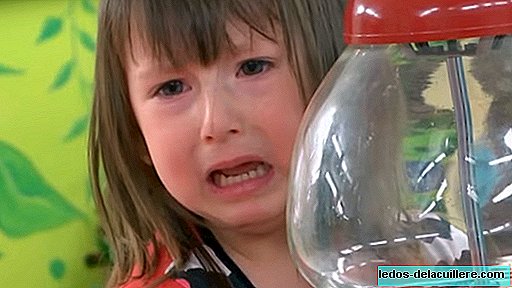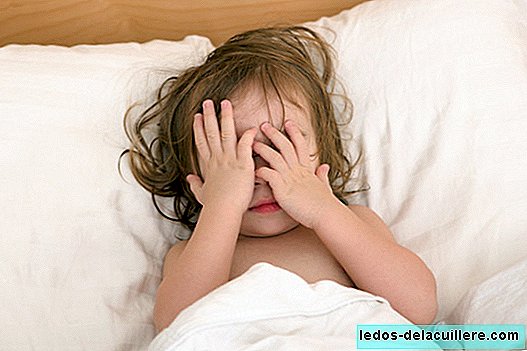
A few weeks ago, World Asthma Day was celebrated, and for this reason the 'Breathe' website has been re-launched (by the AEPAp Respiratory Tract Group and the Roger Torné Foundation).
'Breathe', with a wide spread internationally, guides on ideal conditions that must occur in an educational center that cares about providing a safe and healthy environment for its asthmatic students. And it is important that the educational environment has more information about this pathology, both to promote early diagnosis and to help the child who suffers an asthmatic crisis during school hours
A 10% of Spanish children and adolescents suffer from asthma, and several experts agree that one of the main causes of the incidence of this pathology is due to pollution and the effect of climate, which cause an increase in the level of mites in the environment. Keep in mind that children spend a lot of time in school, hence teachers must have rigorously updated information. According to the International Study Asthma and Allergy Children (ISAAC), study on allergy and asthma in children, in Spain between 8 and 15 schoolchildren out of 100, have asthma. "Given the high incidence of this pathology, It is important that the educational environment has more information about it, both to favor early diagnosis and to help children who suffer an asthmatic crisis during school hours”, Explained Dr. Manuel Praena, coordinator of the Respiratory Tract Group (GVR) of the AEPap.
Up to 60% of secondary school teachers believe that in case of severe symptoms, their way of acting would be to call the parents or refer the student to the director of the institute, compared to 30% who would intervene in their help. According to Dr. Praena, “this attitude represents an obstacle to their participation in the asthma care of their students, perhaps due to their ignorance of the disease or the legal repercussions of their intervention”
Due to the high prevalence of the disease, in all the Autonomous Communities, the health administration has encouraged the creation of community asthma care programs, in which professionals from the health (doctors and nurses) and educational (teaching staff) fields have participated. "Almost a third of the child's or adolescent's life is spent in their school or institute, where they receive information and socialize, hence the importance of the school being involved in the care of their students with asthma," reiterates Dr Praena
“We believe that it is necessary to provide rigorous and quality content to both healthcare professionals and patients and families of asthmatic patients. Therefore, This website is a guarantee in that sense since it will be the AEPap that will coordinate its contents from now on, ”said Soledad Román, General Director of the Roger Torné Foundation.

A possible diagnosis of asthma should be suspected when coughing appears during physical exercise or during nighttime sleep. In these cases, the child should be treated since, otherwise, the symptoms could be aggravated and a respiratory distress crisis may occur.
According to data provided by the ISAAC study, in a teaching center with 1,000 students, at least 100 will have asthma, and your symptoms may occur during your stay in the school day. However, being so prevalent in that environment, there is a great lack of knowledge about this disease in schools, although it can influence school absenteeism and quality of life.
How to control asthma
To get asthma control, the patient must:
Have a personalized written treatment for your pathology.
Take the medications prescribed by your doctor.
Know and avoid the factors that can trigger the asthma crisis.
Learn to recognize the symptoms of an asthma crisis.
Know what you should do in an asthma crisis.
A person is considered to have controlled asthma when:
You have no asthma symptoms such as cough in the morning or when running.
You can sleep well without waking up.
You do not need relief medication.
He has no asthma attack.
You can do all the sports and leisure activities you want.
Asthma symptoms translate into cough, and when there is a worsening, wheezing ('pitos') and difficulty breathing usually appear. In the words of Dr. Manuel Praena, “you have to suspect a possible diagnosis of asthma when during physical exercise or during nighttime sleep, cough arises. If this occurs, the child should be treated because, otherwise, the symptoms could be aggravated and a respiratory distress crisis may occur. ”
Soledad Román (of the Roger Torné Foundation) has stated that “given the difficult economic situation, it is essential for us to guarantee selfless help to families and we believe it is vital to complement through this website the possibility that they can consult their doubts or find proven information on everything related to child health and the environment ”.












